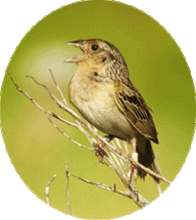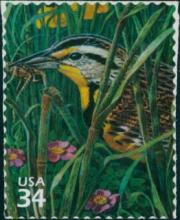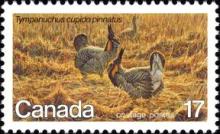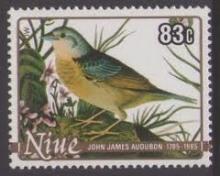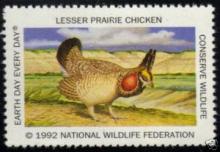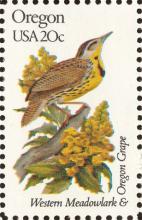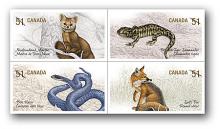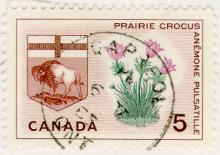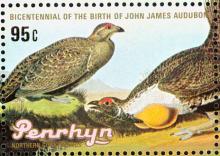Florida grasshopper sparrow might go extinct in as little as two years
Fearing that the Florida grasshopper sparrow (Ammodramus savannarum floridanus) might go extinct in as little as two years, wildlife advocates have begun pressing federal officials to approve an emergency effort to capture some of the birds and breed them in captivity.The Central Florida bird is a subspecies of the grasshopper sparrow found only in vast, treeless prairies south of the Orlando area, including the Three Lakes Wildlife Management Area in Osceola County, where the largest group of the sparrows clings to survival. "We consider this the most endangered bird in the continental United States," warns a letter sent last week to the U.S. Fish and Wildlife Service by Audubon of Florida; Archbold Biological Station; and a University of Central Florida ecologist, Reed Noss. "In light of population levels possibly below 200 individuals and very rapid recent declines of [the sparrow], … we conclude that the risk of delay exceeds the risk of mistakes," the letter states. The bird is small, elusive and hard to study. One of the things it is well known for is being closely related to the dusky seaside sparrow (Ammodramus maritimus nigrescens) of east Central Florida. That bird suffered a sharp decline in numbers because of mosquito-control projects decades ago that wrecked the ecological health of the marshes where it lived.

